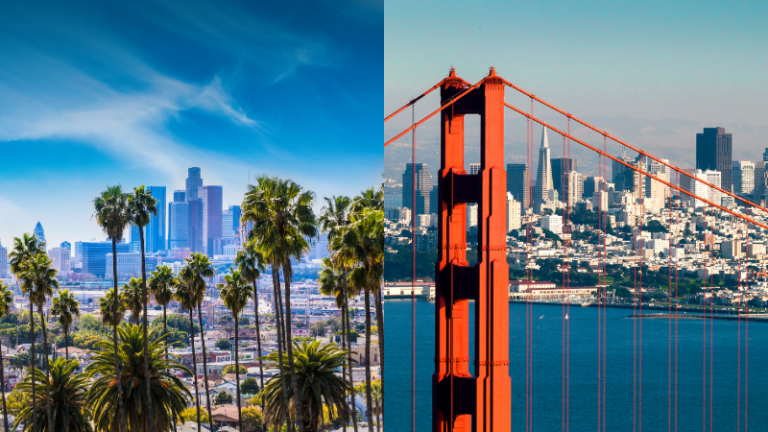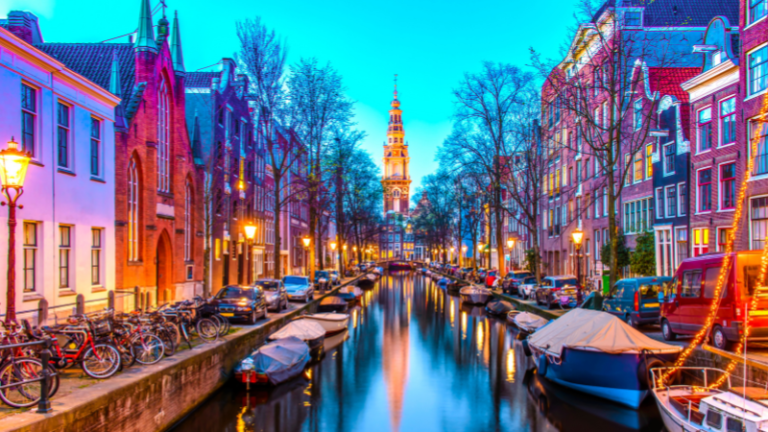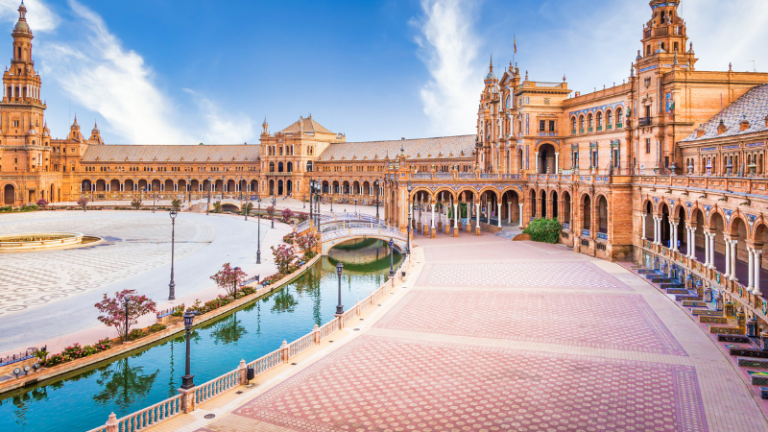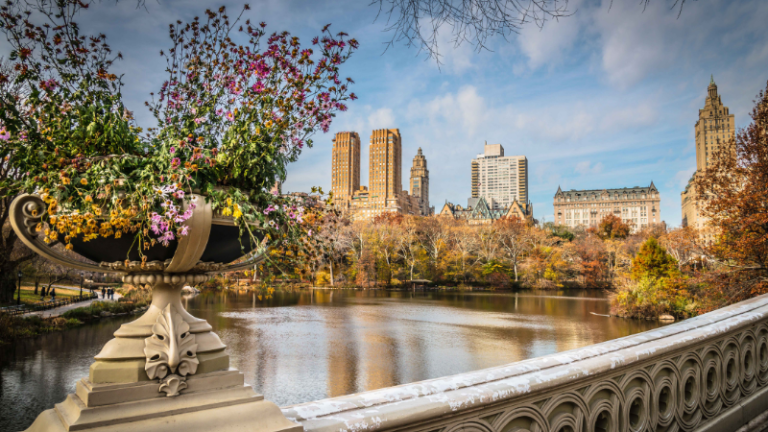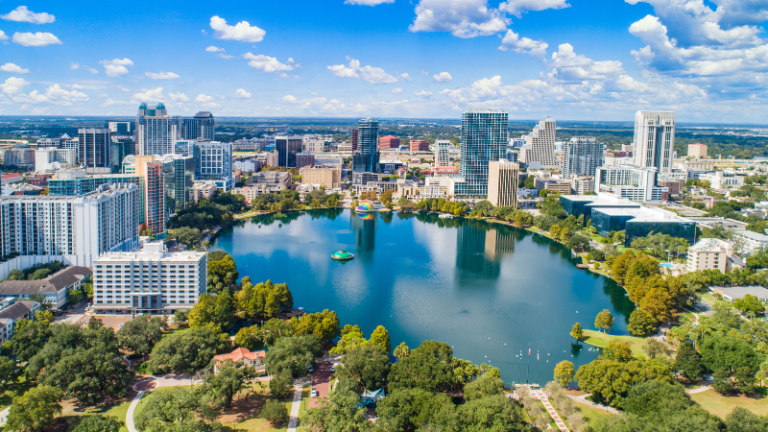10 Unique Places to Visit in Kyoto Even Locals Don’t Know About
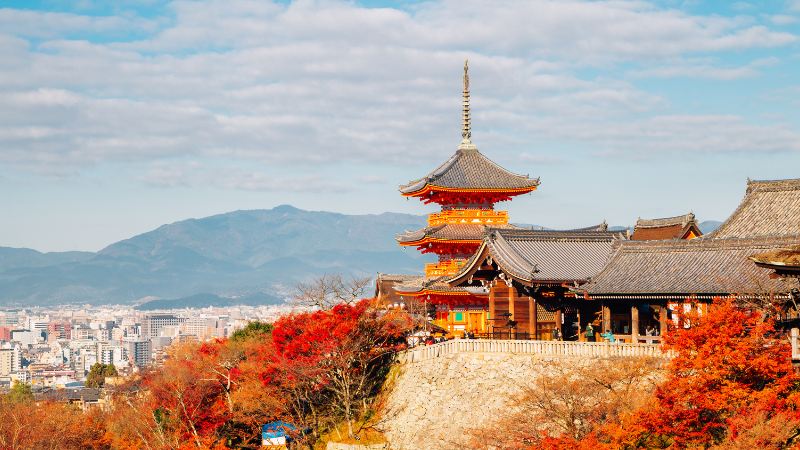
Tucked away in the Arashiyama hills, Otagi Nenbutsu-ji is a whimsical yet serene temple where over 1,200 moss-covered stone statues smile, frown, or laugh at visitors. Each rakan (disciple of Buddha) was carved by worshippers in the 1980s, resulting in an endearing mix of expressions and poses—some even holding beer mugs or cameras.
Come here in the early morning when mist drapes over the statues, creating an ethereal atmosphere. Unlike Kyoto’s busier temples, you’ll often have the entire place to yourself, making it a perfect retreat from the crowds.
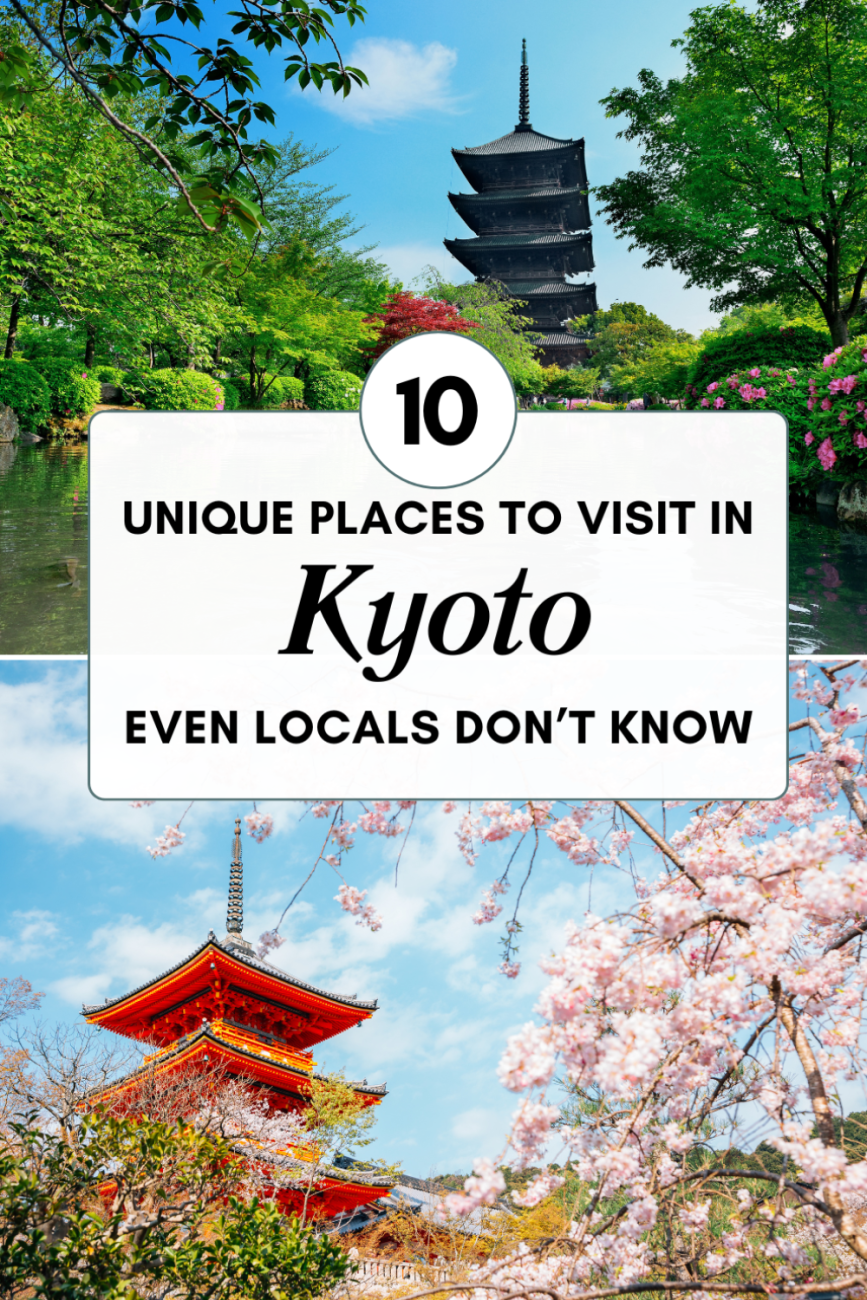
Honen-in: A Temple Straight Out of a Fairytale
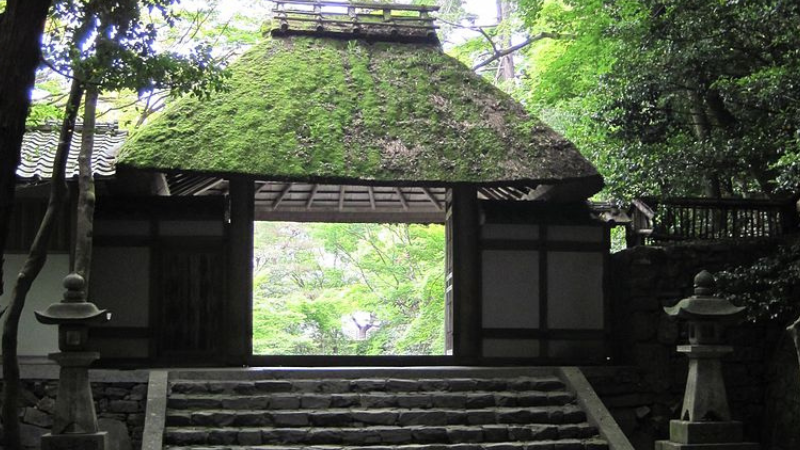
Hidden in the forest near the Philosopher’s Path, Honen-in feels like a secret sanctuary frozen in time. The entrance is marked by a moss-covered gate that looks like something out of a Miyazaki film, leading to a tranquil garden and an elegant main hall.
Few visitors make it past the more famous Ginkaku-ji nearby, so Honen-in remains blissfully quiet. Visit in mid-November for vibrant autumn leaves or in early spring when camellias bloom around the moss garden.
Shōsei-en Garden: A Hidden Oasis in the City Center
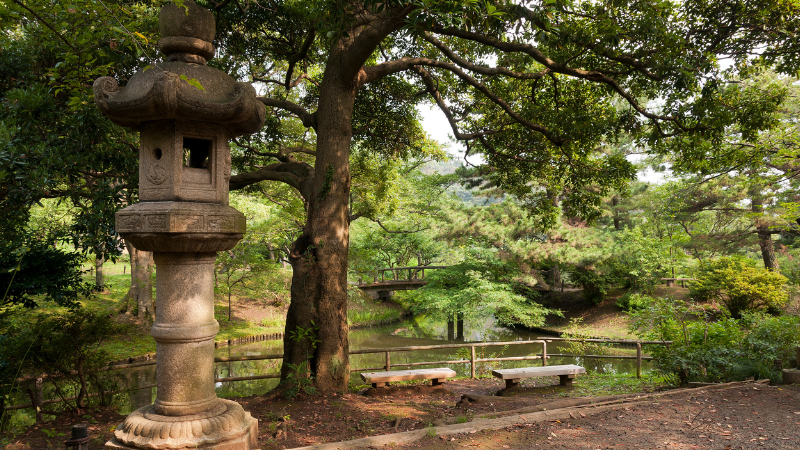
Most visitors to Kyoto Station rush off to explore Higashiyama, unaware that just a 10-minute walk away lies Shōsei-en, a stunning Edo-period garden. Once part of Higashi Hongan-ji Temple, this serene retreat is filled with ponds, rustic teahouses, and seasonal flowers.
In cherry blossom season, the garden explodes with soft pink hues, yet it remains one of the least crowded hanami spots in Kyoto. Autumn brings another layer of magic, as the maple trees turn brilliant shades of red and gold.
Kifune Shrine’s Secret Water Fortune-Telling
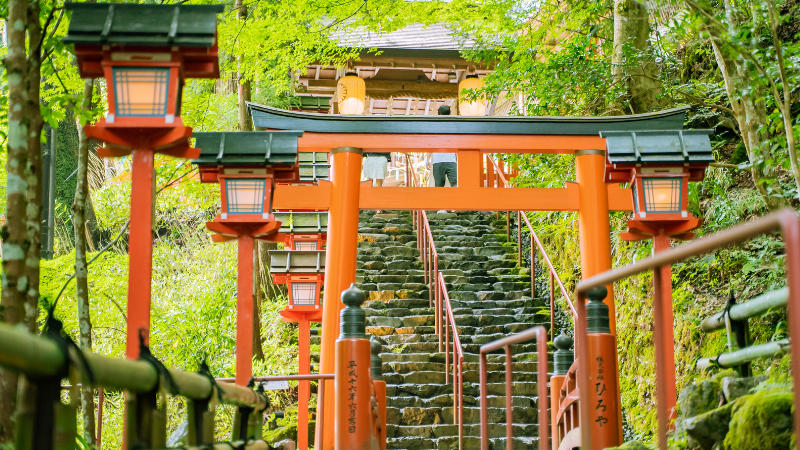
While Kifune Shrine itself is a well-known gem in Kyoto’s mountains, few visitors know about its “mizu-ura” water fortune-telling. At this atmospheric shrine, you can purchase a special paper fortune, then place it in the sacred spring to reveal your hidden destiny—the words magically appear in the water.
Visit in summer for a cool escape from Kyoto’s heat or in winter when the shrine is covered in snow, creating a picture-perfect scene straight out of a Japanese folklore tale.
Tadasu no Mori: Kyoto’s Ancient Sacred Forest
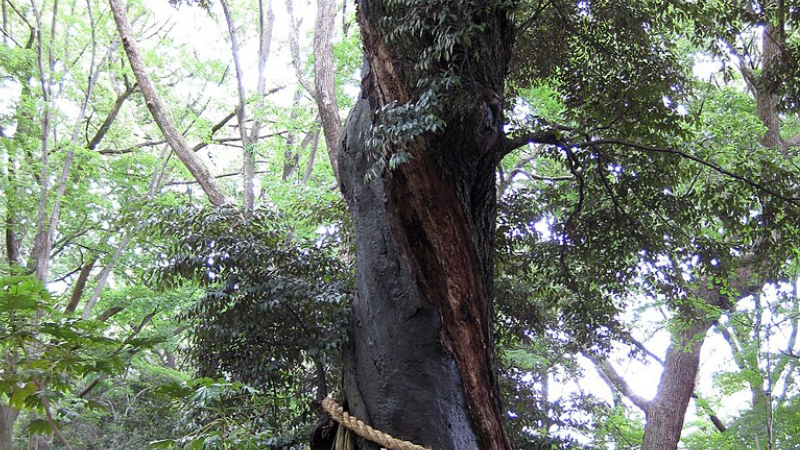
Surrounding Shimogamo Shrine, Tadasu no Mori is a rare, untouched primeval forest dating back over 2,000 years. Walking through this enchanting grove, you’ll find towering ancient trees, peaceful pathways, and the occasional glimpse of Kyoto’s spiritual past.
Many travelers stop at the shrine but skip the forest, making this a perfect spot for a quiet morning stroll. In summer, fireflies dance above the small streams, adding to the otherworldly atmosphere.
Uji’s Byodo-in Illumination: A Nighttime Hidden Treasure
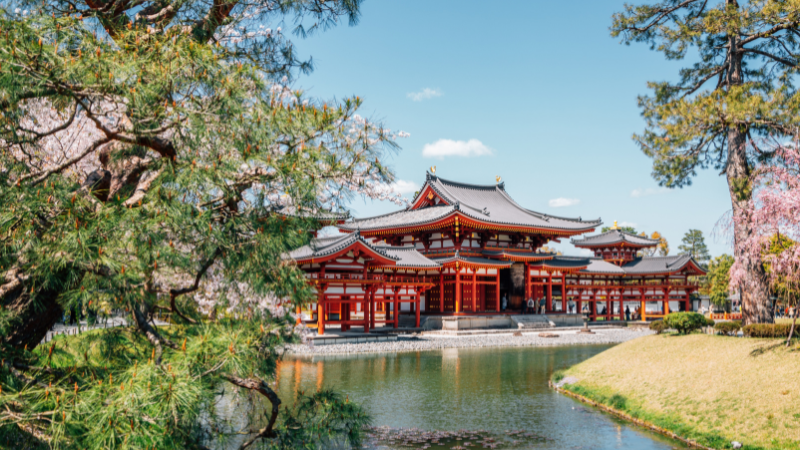
Byodo-in Temple in Uji is famous for its Phoenix Hall, but few know about its limited-time evening illuminations. On select nights in spring and autumn, the temple grounds open after sunset, revealing the iconic golden phoenix glowing under the lights.
With far fewer visitors than Kyoto’s famous nighttime illuminations, this event offers a rare, crowd-free experience of one of Japan’s most elegant temples. Be sure to check the temple’s schedule, as these special openings happen only a few nights each year.
Gio-ji: A Moss Temple Straight Out of a Dream

Nestled in a quiet corner of Saga-Toriimoto, Gio-ji is one of Kyoto’s most picturesque moss gardens. The temple itself is a simple thatched-roof hut, but the real magic is in the garden, where a lush carpet of green moss creates a mystical, dreamlike setting.
Visit in late afternoon when golden sunlight filters through the maple trees, casting a soft glow over the moss. Few visitors venture this far, making it one of Kyoto’s most peaceful retreats.
Ichijo Yokai Street: Kyoto’s Supernatural Shopping Arcade
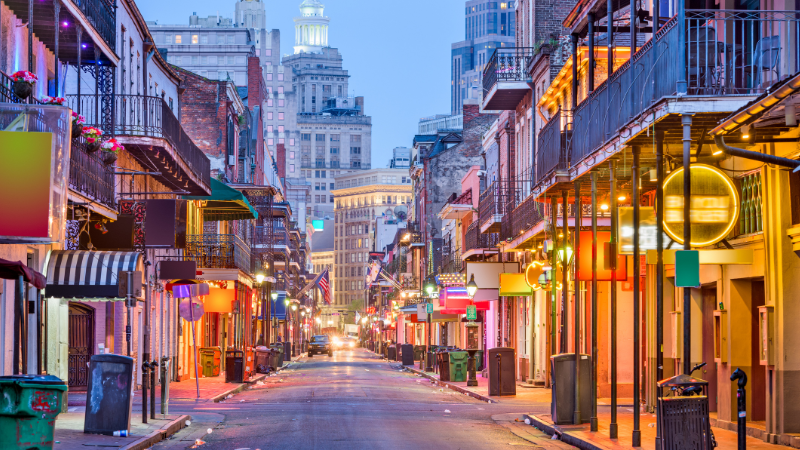
Kyoto has a deep connection with folklore, and Ichijo Yokai Street brings that eerie history to life. This quiet shopping street in the Ichijoji district is lined with handmade yokai (ghost and monster) statues, from mischievous tengu to eerie faceless spirits.
Held once a year in October, the Yokai Parade turns the street into a scene straight out of a ghostly festival, with locals dressing up as their favorite creatures. Even if you miss the parade, the statues and small shops selling yokai-related goods make this a fascinating offbeat stop.
Yoshimine-dera: Kyoto’s Most Underrated Panoramic View

If you want breathtaking views without the crowds, head to Yoshimine-dera, a mountainside temple that rivals Kiyomizu-dera in beauty but sees only a fraction of the visitors. The temple complex is built on a steep slope, offering spectacular panoramic views over Kyoto.
In autumn, the fall foliage here is breathtaking, and in spring, the temple’s famous weeping cherry tree adds a delicate touch to the scenery. Take your time exploring the winding paths, quiet pagodas, and hidden corners of this underrated gem.
Kameoka Torokko Train: A Secret Alternative to the Sagano Scenic Railway
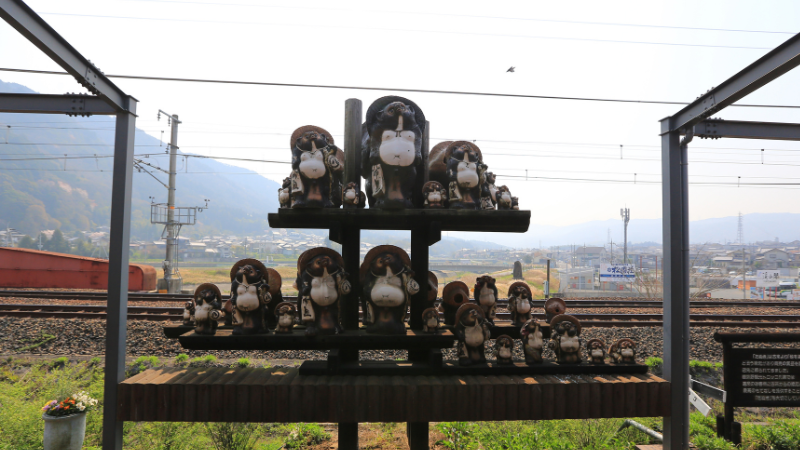
The Sagano Romantic Train is famous for its scenic ride through the Hozugawa Valley, but few know about the Kameoka Torokko Station, a lesser-visited alternative stop on the same railway line. Instead of boarding at the crowded Arashiyama station, start your journey from Kameoka, where seats are easier to grab, and the experience is just as breathtaking.
If you visit in autumn, expect stunning tunnel-like views of fiery red maple trees. In spring, the valley turns vibrant green, making it the perfect time for a peaceful escape into Kyoto’s countryside.


